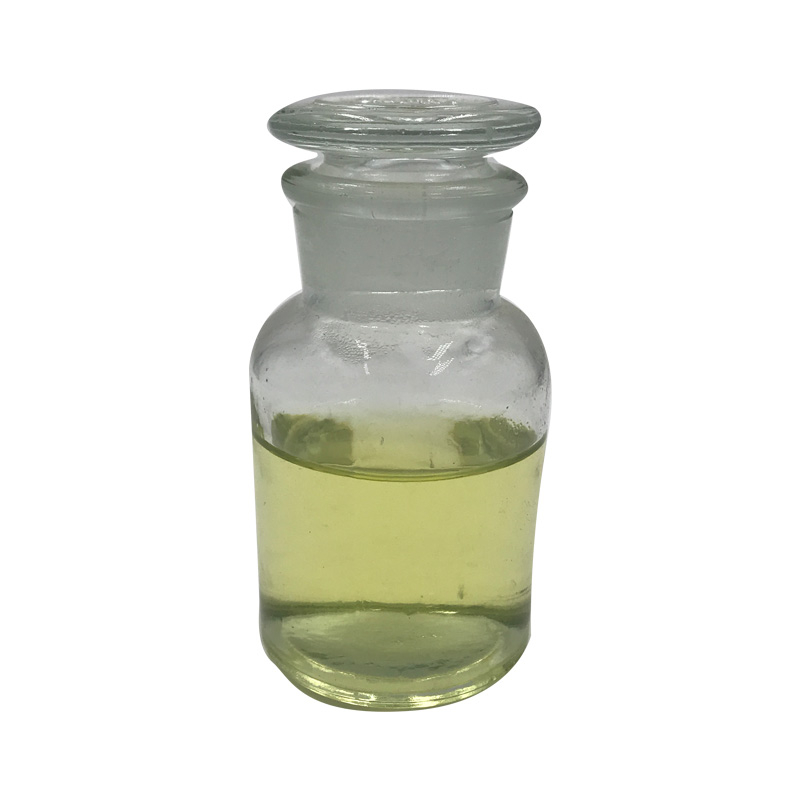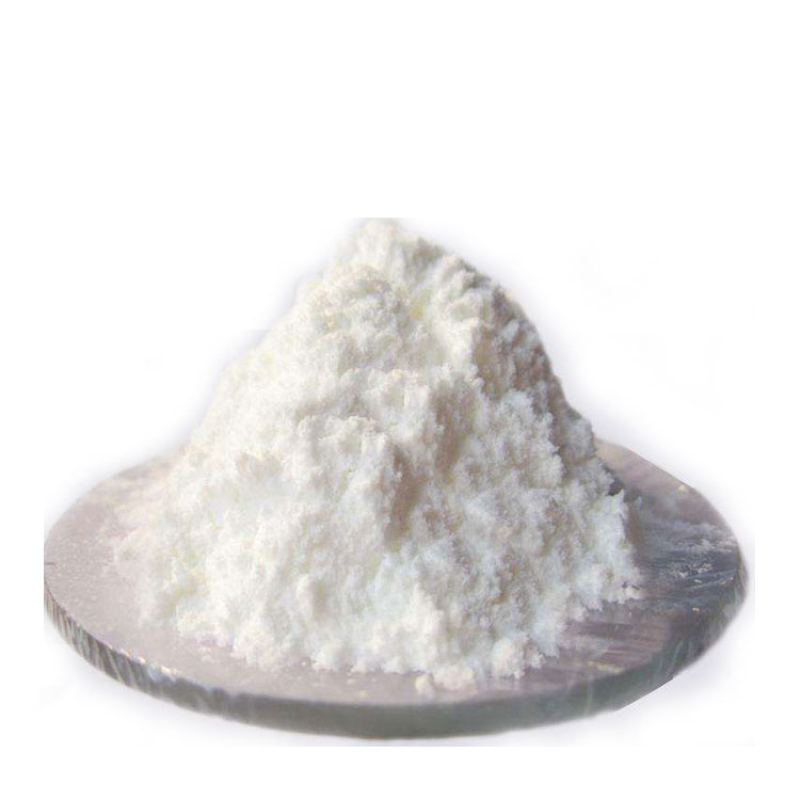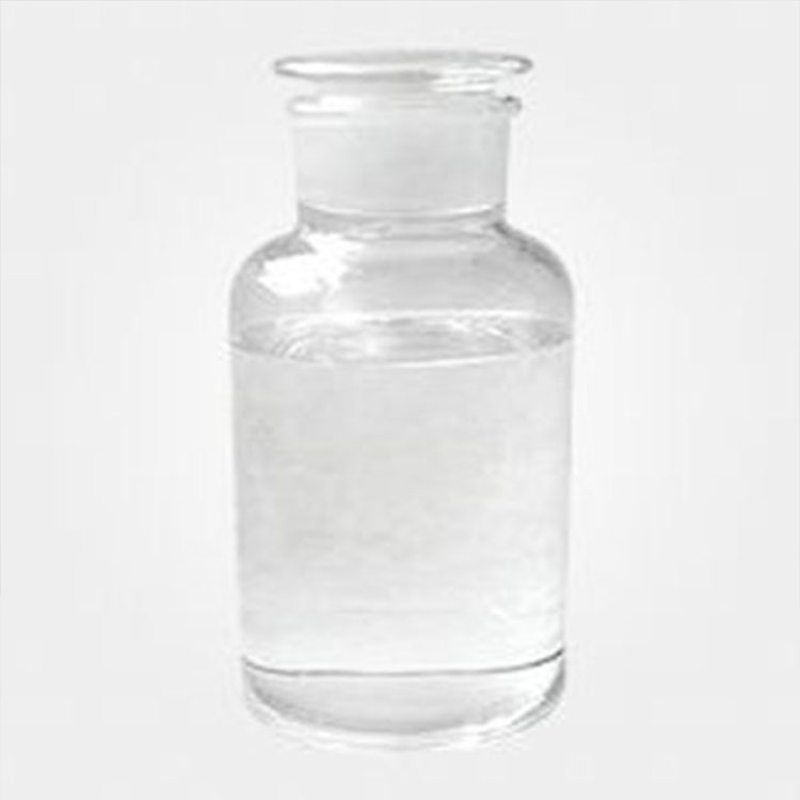Products Description of Levulinic acid CAS#123-76-2Levulinic acid is an organic compound with the molecular formula C5H8O3. Easily soluble in water and some organic solvents, but insoluble in gasoline, kerosene, turpentine and carbon tetrachloride. It hardly decomposes under normal pressure distillation.
Contact Now
Products Description of 2,4,5-Trichloropyrimidine CAS#5750-76-52,4,5-Trichloropyrimidine is a new type of reactive dye intermediate raw material and a synthetic raw material for new antibacterial and anti-inflammatory chemical drugs. With the continuous increase in sales of new reactive dyes and new antibacterial and anti-inflammatory drugs, the demand for the raw material 2,4,5-Trichloropyrimidine required for its synthesis is also growing. Therefore, it is particularly urgent to study its synthesis and develop a green new process suitable for industrial mass production.
Contact Now
Products Description of Acetylacetone CAS#123-54-6This product is a colorless or slightly yellow transparent liquid with an unpleasant odor, m.p.-23℃, b.p.140.4℃, n20D1.4520, relative density 0.975, miscible with organic solvents such as ethanol, ether, chloroform, acetone, glacial acetic acid, and soluble in water.
Contact Now
Products Description of Bismuth trioxide CAS#1304-76-3Yellow monoclinic crystals. Soluble in acid, insoluble in water and alkali. Can be reduced by carbon and hydrogen. Made by heating and decomposing bismuth nitrate. Used to make metallic bismuth, catalysts and bismuth oxide superconductors.Bismuth oxide is also known as "bismuth trioxide". Pure products include α-type, β-type and δ-type. α-type is yellow monoclinic crystal with a relative density of 8.9 and a melting point of 825℃. It is soluble in acid but insoluble in water and alkali.
Contact Now
Products Description of HydroquinoneCAS#123-31-9Hydroquinone is also called hydroquinone and 1.4-benzene. Molecular formula C6H6O2. Molecular weight 110.11. Colorless or white crystals. It changes color easily when exposed to light in the air. Its aqueous solution can oxidize to brown in the air, and oxidizes faster in alkaline medium. Melting point 170-171℃, boiling point 285-287℃, relative density 1.33215, UVλmax 288nm in water. It is easily soluble in hot water, ethanol and ether, and slightly soluble in benzene. It has active chemical properties and is easily oxidized.
Contact Now
Products Description of 2-Ethylhexanol CAS#104-76-7Colorless to light yellow oily liquid with sweet and light floral aroma. Soluble in 720 times water, miscible in most organic solvents.
Contact Now
Products Description of 3-METHYLPYRIDAZINE CAS#1632-76-43-Methylpyridazine, an organic chemical substance, molecular formula: C5H6N2.3-METHYLPYRIDAZINE CAS#1632-76-4 Chemical PropertiesMelting point 184°CBoiling point 214 °C (lit.)density 1.031 g/mL at 25 °C (lit.)refractive index n20/D 1.514(lit.)Fp 190 °Fstorage temp. Inert atmosphere,Room Temperaturesolubility Chloroform, Methanol (Slightly)pka3.47±0.10(Predicted)form Liquidcolor Clear yellow to brownSpecific Gravity1.031BRN 105691InChIKeyMXDRPNGTQDRKQM-UHFFFAOYSA-NCAS Da
Contact Now
Products Description of Myrcene CAS#123-35-3 Myrcene is a colorless to light yellow oily liquid. It has a sweet orange flavor and balsamic odor; boiling point 167°C; flash point 37.2°C; soluble in ethanol, ether, chloroform, glacial acetic acid and most non-volatile oils, insoluble in water.
Contact Now
Products Description of Ammonium dihydrogen phosphate CAS#7722-76-1Diammonium phosphate is a highly effective fertilizer widely used in vegetables, fruits, rice and wheat.Ammonium dihydrogen phosphate Chemical PropertiesMelting point 190 °C (dec.) (lit.)Boiling point 87.4 °Cdensity 1.02 g/mL at 20 °Cvapor pressure 0.066 hPa (125 °C)RTECS TC6587000storage temp. Inert atmosphere,Room Temperaturesolubility H2O: 0.1 M at 20 °C, clear, colorlessform SolidSpecific Gravity1.803color White or colorlessPH Range3.8 - 4.4PH3.
Contact Now
Products Description of N-Methylformamide CAS#123-39-7Pure N-methylformamide is a colorless, transparent, viscous liquid with m.p.-3.8℃, b.p.198℃, n25D 1.4310, relative density 0.9986 (25℃). It is soluble in water and inorganic salts.
Contact Now
Products Description of 4-AminophenolCAS#123-30-8Aminophenol is also known as hydroxyaniline and aminohydroxybenzene. There are three isomers, namely o-aminophenol, m-aminophenol and p-aminophenol (4-aminophenol). In 1874, Baeyer et al. first prepared p-aminophenol. Due to the different relative positions of the hydroxyl group and the amino group, the three are also different in terms of physical and chemical properties. This product is weakly alkaline, weakly acidic and strongly reducing. Because it has both amino and phenol groups, it has the common properties of both.
Contact Now
Products Description of Color Developing Agent CD-3 CAS#24567-76-8White powder crystalColor Developing Agent CD-3 Chemical PropertiesWater Solubility Soluble in waterform powder to crystalcolor White to Light yellow to Light orangeInChIInChI=1S/2C12H21N3O2S.3H2O4S/c2*1-4-15(8-7-14-18(3,16)17)11-5-6-12(13)10(2)9-11;3*1-5(2,3)4/h2*5-6,9,14H,4,7-8,13H2,1-3H3;3*(H2,1,2,3,4)InChIKeyNPDFXFLCEDDWEG-UHFFFAOYSA-NSMILESC1(=CC=C(N)C(C)=C1)N(CC)CCNS(=O)(=O)C.C1(=CC=C(N)C(C)=C1)N(CC)CCNS(=O)(=O)C.S(=O)(=O)(O)O.S(=O)(=O)(O)O.S(=O)(=O)(O)OSafety InformationHazard Codes Xn;N,N,XnRisk
Contact Now
Products Description of Dinonylnaphthalenesulfonic acid CAS#25322-17-2Dinonylnaphthalenesulfonic acid is a chemical substance with the molecular formula C28H44O3S.Dinonylnaphthalenesulfonic acid Chemical PropertiesBoiling point 94-99 °Cdensity 0.852 g/mL at 25 °Crefractive index n20/D 1.465Fp 30 °Fstorage temp. 2-8°Csolubility H2O: insolubleCAS DataBase Reference25322-17-2(CAS DataBase Reference)EPA Substance Registry SystemNaphthalenesulfonic acid, dinonyl- (25322-17-2)Safety InformationHazard Codes F,Xn,NRisk Statements&nb
Contact Now
Products Description of 2-Thiophenecarboxylic acid CAS#527-72-02-Thiophenecarboxylic acid is a kind of colorless crystal.
Contact Now
Products Description of 2,4-Dichloropyridine CAS#26452-80-22,4-Dichloropyridine is mainly used in pharmaceutical and biochemical industries.2,4-Dichloropyridine Chemical PropertiesMelting point -1 °CBoiling point 189-190 °C (lit.) 76-78 °C/23 mmHg (lit.)density 1.37refractive index 1.55-1.554Fp 189-190°Cstorage temp. Inert atmosphere,2-8°Csolubility Chloroformform Yellow to Pale Orange Liquidpka0.12±0.10(Predicted)color Colorless to Red to GreenBRN 108666InChIKeyTYPVHTOETJVYIV-UHFFFAOYSA-NCAS DataBase Reference26452-80-2(CAS DataBase Refer
Contact Now
Products Description of 2,4-di-tert-butylphenol CAS#96-76-42,4-Di-tert-butylphenol widely exists in plants and is also an important intermediate for fine chemical products. It is mainly used to prepare co-antioxidant 168, and is also used to prepare polyisobutylene, polyamide, polycarbonate, etc.; it is still It can be used to produce antioxidant Chemicalbook (300, 314), ultraviolet absorber, light stabilizer 120, dyes and textile auxiliaries, and 2402 resin.
Contact Now
Products Description of 2-Hydroxynicotinic acid CAS#609-71-22-Hydroxynicotinic acid is an organic intermediate.
Contact Now
Products Description of Butyl acetate CAS#123-86-4Butyl acetate is a carboxylic acid ester synthetic fragrance, also known as butyl acetate. It is a colorless transparent liquid with a strong fruity aroma. It can be mixed with ethanol and ether at will, can be dissolved in most organic solvents, and is slightly soluble in water. The solubility in water is 0.05g. Its vapor has a weak anesthetic effect, and the allowable concentration in the air is 0.2g/l. This product has a strong fruity aroma.
Contact Now
Products Description of 2-chlorobenzoic acid CAS#118-91-22-Chlorobenzoic acid, almost white coarse powder. The melting point is 142℃, and the density (20℃) is 1.5449/m3.
Contact Now
Products Description of Methanedisulphonic acidCAS#503-40-2Methyl disulfonic acid is an important fine chemical product.
Contact Now
Products Description of 2,7-naphalenedisulfonic acid CAS#1655-35-2 Sodium 2,7-naphthalene disulfonate, white powder, is mainly used in organic synthesis and dye industry.2,7-Naphthalenedisulfonic acid disodium salt Chemical Propertiesform powder to crystalcolor White to Light yellow to Light orangeCAS DataBase Reference1655-35-2(CAS DataBase Reference)EPA Substance Registry System2,7-Naphthalenedisulfonic acid, disodium salt (1655-35-2)Safety InformationHazard Codes XiRisk Statements 36/37/38Safety Statements 37/39-26Hazard Note IrritantHS Code 2904
Contact Now
Products Description of Potassium phosphate CAS#778-53-2Azodicarbonamide is a synthetic chemical that exists at ambient temperature as a yellow-orange crystalline solid. Azodicarbonamide is mainly used as a blowing agent in the rubber and plastics industries in the expansion of a wide range of polymers, including polyvinyl chloride, polyolefins, and natural/synthetic rubbers.
Contact Now
Orthophosphoric Acid CAS#7664-38-2Phosphoric Acid, with the chemical formula H₃PO₄ and CAS number 7664-38-2, is a versatile inorganic acid that plays a crucial role in a multitude of industries.
Contact Now
Products Description of 2-Acrylamide-2-methylpropanesulfonic acid CAS#15214-89-82-Acrylamido-2-methylpropanesulfonic acid (AMPS) is a water-soluble sulfonic acid group with strong anionic properties, which makes it salt-resistant, high-temperature-resistant, dye-affinity, conductive, ion-exchangeable and highly tolerant to divalent cations; the amide group makes it have good hydrolysis stability, acid and alkali resistance and thermal stability; and the active double bond makes it have addition polymerization properties, and it can produce copolymers with a variety of hydrocarbon monomers
Contact Now


































